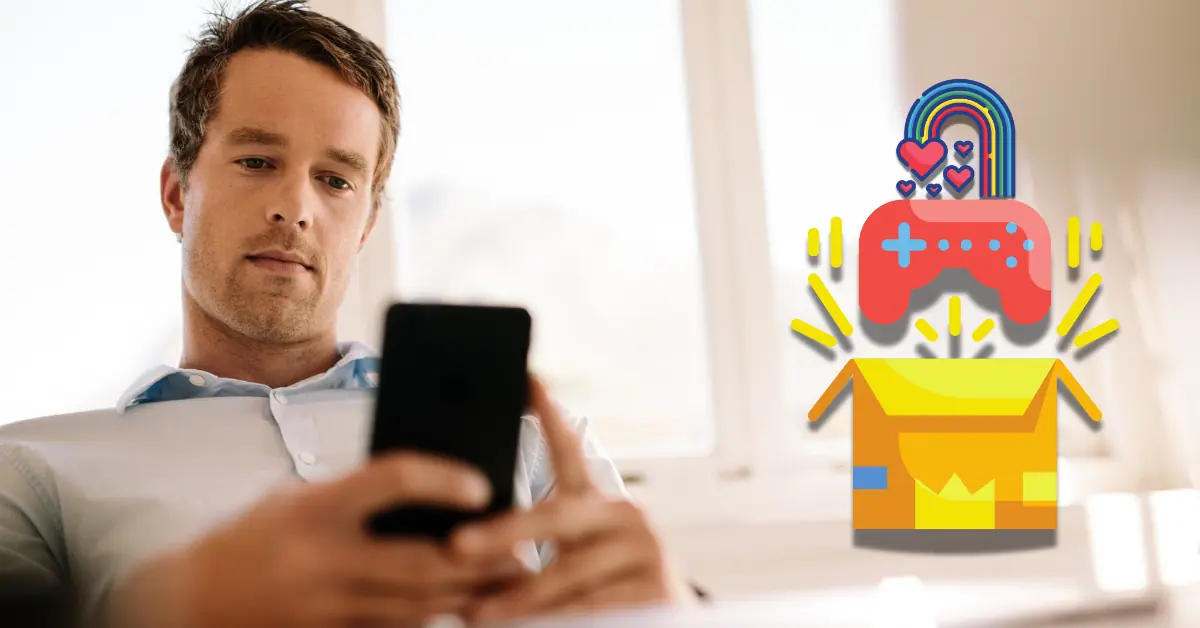Gamification is pretty prevalent in the digital world, turning everything from fitness apps to productivity tools into a game. So, it’s not exactly a surprise that dating apps got in on this trend by adding a few fun elements to keep users coming back again and again. From swiping left and right like a game of Tinder-totally-not-just-for-a-hookup to earning rewards for engaging with a platform, the dating game has never been more, well, game-like.
Remember the olden days when dating meant sitting across from a total stranger at a restaurant and trying to get past the awkward small talk stage over drinks or dinner? Yes, that still occasionally happens, but singles have usually been virtually introduced beforehand, thanks to the rise of dating apps. Popular platforms like Tinder, Bumble, and Hinge (just to name a few) have kinda made dating into an addictive game. Swipe right on someone cute and see that it’s a match? Nice! Get a bonus for logging every day? Sweet! It’s sort of like a video game but with the possibility of actual romance (or at least a decent date).
While gamification in dating apps can ramp up user engagement, making the entire process way more interactive and fun, it also makes us wonder: Are these game-like features improving our chances at real connections, or just turning love into a Trivial Pursuit (sorry, we had to do it)? Let’s see what we can find out if it’s really boosting engagement on the apps or merely trivializing connections!
Understanding Gamification in Dating Apps
Gamification involves integrating game-like elements into non-game contexts to increase engagement and make activities more enjoyable. In the realm of dating apps, this means adding features that make the experience feel more like a game, encouraging users to participate more often.
Common Gamification Elements Used in Dating Apps
Dating apps have various game-like elements to enhance user experience. Here’s a closer look at some of the most commonly used ones:
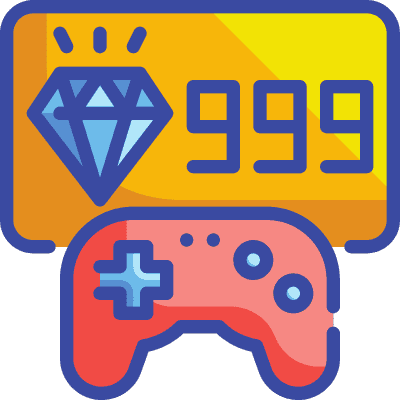
Point Systems: Point systems reward users for specific actions, such as completing their profiles, initiating conversations, or frequently logging in. These points can sometimes be used to access premium features or boost visibility within the app.

Badges and Achievements: Earning badges or achievements can make the dating experience more rewarding. Users receive these for milestones like sending their first message, getting a certain number of matches, or maintaining daily activity streaks. These rewards can motivate users to stay active on the app.

Leaderboards: Some apps display leaderboards showing the most active or popular users. This competitive element encourages users to engage more with the app to see their names on the leaderboard.
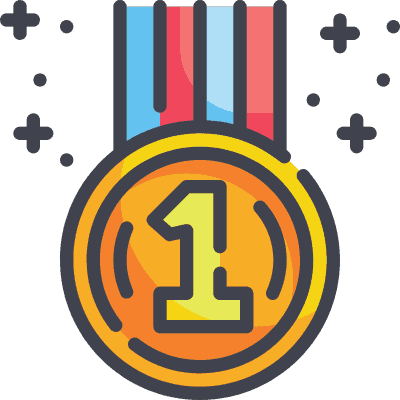
Daily Challenges: Daily challenges might include tasks like sending a message to a new match, updating profile pictures, or using a specific feature. Completing these challenges can earn users points, badges, or other rewards, making the experience feel fresh and exciting every day.

Virtual Currencies or Tokens: Some dating apps introduce and use virtual currencies or tokens that users can earn or purchase. These currencies might be used to send special messages, unlock premium features, or boost one’s profile visibility. Coffee Meets Bagel, for example, uses “beans” as a currency that can be earned through activities or purchased for extra features.
Examples of Popular Dating Apps Using Gamification
Even though most dating apps use some sort of gamification, the eight listed below are the platforms that really want singles to play:
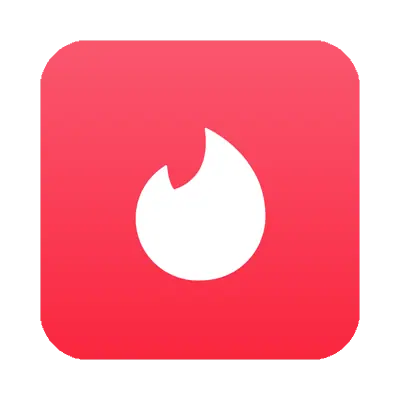
Tinder: Tinder is the OG pioneer in gamifying dating. The app’s swipe feature makes browsing through profiles feel like playing a game. Users can purchase Super Likes, Boosts, and other features to enhance their visibility and interactions. Tinder’s subscription plans (Gold and Platinum) offer additional gamified elements like seeing who liked your profile.

Bumble: Bumble adds urgency with its 24-hour window to start a conversation, compelling users to act quickly. Premium features allow users to extend this window, adding a strategic element. Bumble also incorporates badges and achievements, rewarding users for various activities and encouraging continued engagement.

Hinge: Hinge promotes thoughtful interactions by encouraging users to fill out detailed profiles and engage with prompts and questions. The app rewards users for completing profiles and participating in conversations, aiming to create more meaningful connections. Hinge’s approach is designed to make users reflect on their choices rather than mindlessly swipe.

Coffee Meets Bagel: Coffee Meets Bagel gives members a limited number of potential matches (called “Bagels”) each day, prompting users to consider their options carefully. The app uses beans, an in-app currency, to allow users to like more profiles, unlock additional features, or see mutual friends. This approach limits swiping fatigue and adds a level of consideration to each match.

Happn: Happn connects users with people they have physically crossed paths with, using a map interface to show potential matches encountered throughout the day. Users can send “charms” to show interest, which can be bought with credits. This feature makes real-life interactions feel more significant and connected to the digital dating experience.

OkCupid: OkCupid matches users based on compatibility using a question-and-answer format. Points and badges are awarded for completing questions and engaging with the app, encouraging users to provide more information and interact more.

MeetMe: MeetMe combines social networking with dating, using points and badges to reward users for activities like broadcasting live videos and engaging with others. This mix of social media and dating features keeps users entertained and active.

BLK: BLK is a dating app that was specifically designed for the Black community. The app incorporates gamification features to enhance the user experience and encourage engagement. Users can personalize their swiping options and earn profile boosts to increase their visibility on the platform. BLK’s gamified elements include real-time swiping and the ability to chat with mutual matches, which make the dating process more dynamic and engaging. These features help users feel more connected and understood within the community, creating a more fun and interactive dating experience.
The Positive Impact of Gamification
Adding this tool to dating apps has some undeniable benefits! Read on to see the positive impacts of gamification.

More User Engagement and Retention
Gamification is a powerful tool for increasing user engagement and retention on dating apps. By incorporating game-like elements such as points, badges, and leaderboards, dating apps create a more dynamic and enjoyable user experience. These elements tap into basic human psychology, providing instant rewards and recognition that keep users coming back for more. For example, Tinder’s swipe feature and Hinge’s detailed profiles and prompts encourage users to interact more frequently, thereby increasing the time they spend on the app and their overall engagement levels.
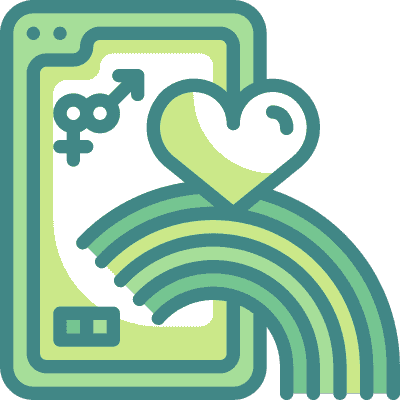
Improved User Experience and Fun
Dating apps that employ gamification change the typically stressful and tedious process of online dating into a fun and interactive experience. Features like daily challenges, virtual currencies, and achievement badges make users feel accomplished and entertained. Bumble, for instance, incorporates badges for various activities, while Coffee Meets Bagel uses beans as a virtual currency that users can earn through engagement. This playful approach not only makes the process of finding a match more enjoyable but also reduces the monotony associated with online dating.

Motivation for Users to Complete Profiles and Interact More
Gamified elements incentivize users to complete their profiles and engage with others. Apps like Hinge, which rewards users for filling out detailed profiles and interacting with prompts, help ensure that profiles are more comprehensive and informative. This not only improves the quality of interactions but also increases the chances of making meaningful connections. Users are more motivated to present themselves authentically and engage in conversations, knowing that their efforts will be rewarded with points, badges, or increased visibility.

Chance for Learning and Self-Improvement
Gamification can also promote learning and self-improvement among users. By encouraging users to reflect on their preferences and interact thoughtfully, dating apps help users better understand what they are looking for in a partner. For example, OkCupid’s question-and-answer format provides users with insights into their compatibility with potential matches, promoting more thoughtful and informed decisions. This self-awareness can lead to more meaningful and lasting connections.
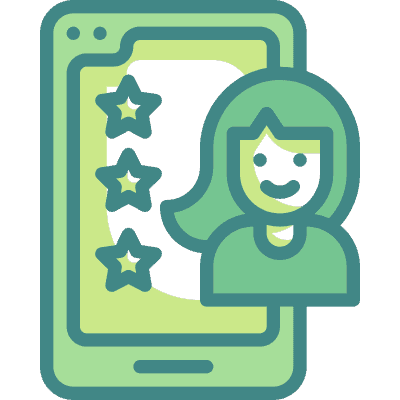
Breaking the Ice and Decreasing Anxiety in Online Dating
One of the very best benefits of gamification in dating apps is its ability to break the ice and reduce the anxiety often associated with online dating. Features like icebreaker questions, match suggestions, and interactive prompts help users start conversations more easily. Apps like Hinge, which prompts users with specific questions to answer, facilitate more natural and engaging interactions. This reduces the pressure on users to come up with the perfect opening line and makes the process of getting to know someone less intimidating.
The Potential Drawbacks
Yes, game-like features do boost user engagement, but they also come with some possible drawbacks. The negative aspects raise a few concerns about the realness of connections, user well-being, and the overall experience on dating platforms!

Trivializing the Search for Meaningful Connections
One of the biggest criticisms of gamification in dating apps is that it tends to trivialize the search for genuine relationships. The gamified elements appear to focus on superficial interactions rather than creating genuine connections.
For instance, features like swiping left or right based solely on profile pictures encourage snap judgments, reducing potential matches to mere visuals rather than considering any personal compatibility. This superficial approach makes some users overlook meaningful connections in favor of fast, game-like interactions.
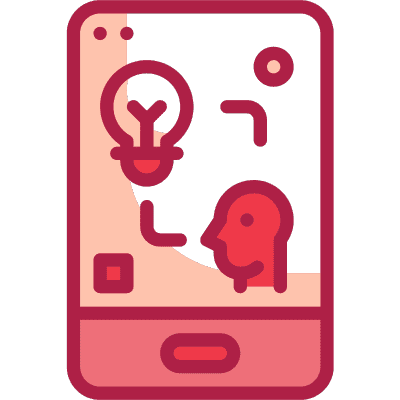
Encouraging Quantity Over Quality in Interactions
Gamification often prioritizes the number of interactions over the quality. The constant push to earn points, badges, or virtual rewards can drive users to seek more matches and interactions, regardless of their depth or potential for genuine connection. This can result in a quantity-over-quality mindset, where the focus shifts from finding a meaningful relationship to simply increasing engagement metrics. The addictive nature of these features can turn into users spending excessive time on the app, swiping and matching without actually engaging with any one person.

Potential Addiction to the App Rather Than Focusing on IRL Relationships
The gamified elements in dating apps can add to addictive behaviors—features like random rewards, streaks, and leaderboards are designed to keep users engaged and log in at least once per day. This can turn into what’s known as “doom swiping,” where users keep swiping through profiles without any real intent to connect, similar to doom scrolling on social media. This addiction to the app can distract users from focusing on building real-world relationships and can negatively impact their mental health, causing anxiety and stress.

Privacy Concerns Related to Increased Data Collection for Gamification Purposes
Gamification also involves collecting a ton of user data to personalize and boost the gaming experience. This raises alarm bells about important privacy concerns, as users might not be aware of the extent of data being collected and how it is used.
The need to track user behavior for gamification purposes can mean apps are employing invasive data practices, where personal info is used to manipulate user engagement and retain attention on the app. These kinds of practices tend to erode user trust and also raise bigger ethical questions about data privacy.
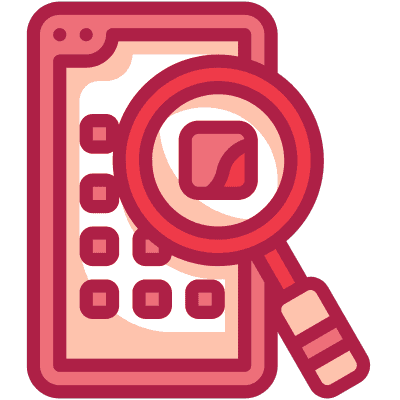
Exclusion of Users Who Don’t Like the Game-Like Elements
Not all users like or even want the game-like elements of dating apps. For them, these features feel gimmicky and detract from the serious intent of finding a meaningful relationship. Users who want more traditional, straightforward dating experiences might feel alienated or turned off by the gamified aspects, so they just won’t use the platforms. This limits the app’s user base and diversity, as well as decreases the overall effectiveness of the platform in helping users find real connections.
The Psychology Behind Gamification in Dating
Gamification in dating apps represents a sophisticated fusion of technology and human psychology. By incorporating elements traditionally found in video games, such as rewards, challenges, and levels, dating apps make the process of finding a match more engaging and enjoyable.
However, the underlying psychology that drives these interactions is complex and multifaceted. Knowing and understanding how these psychological principles play a part can unravel the mystery of both the pros and cons of gamified dating.
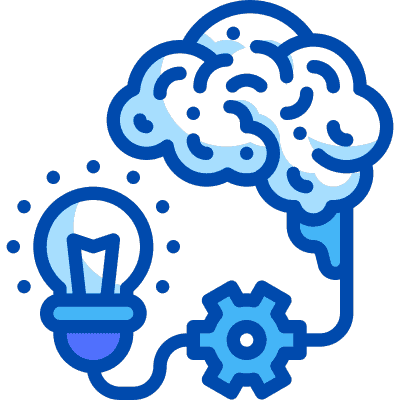
The Role of Dopamine and Reward Systems
At the heart of gamification lies the manipulation of dopamine, a neurotransmitter crucial for reward-motivated behavior. When users swipe right and get a match on apps like Tinder or Bumble, their brains release dopamine, which creates the feelings of pleasure and satisfaction.
This reward system, similar to those found in gambling and video games, is designed to keep users engaged. The unpredictability of these rewards—never knowing when you might get a match—intensifies this effect, creating a cycle where users continually seek that dopamine hit.
Tapping into Basic Human Desires
Gamification taps into several fundamental human desires that drive user engagement and interaction on dating apps. Below are some of the most relevant ones:
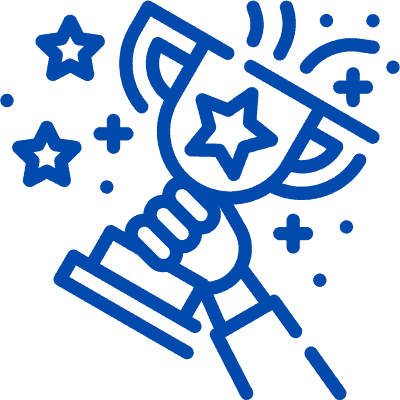
Achievement
Badges and Rewards: Users earn badges and rewards for completing specific actions, such as sending messages or matching with others. This satisfies the human need for achievement and recognition, encouraging continued use of the app.

Competition
Leaderboards and Social Comparison: Leaderboards that rank users based on their activity or popularity cater to competitive instincts. Users strive to improve their rankings, which keeps them engaged and motivates them to interact more frequently.
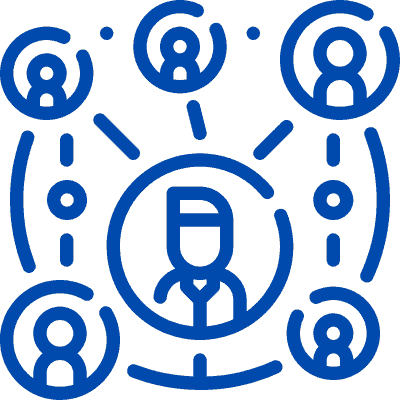
Social Connection
Community Features: Features that allow users to share achievements or engage in challenges with friends create a sense of community. This desire for social connection can make the app experience more fulfilling and less isolating.

Exploration and Curiosity
Endless Swiping: The endless pool of potential matches feeds users’ curiosity and desire to explore. This aspect of discovery can lead to prolonged use, as users are driven to find out who else is out there.
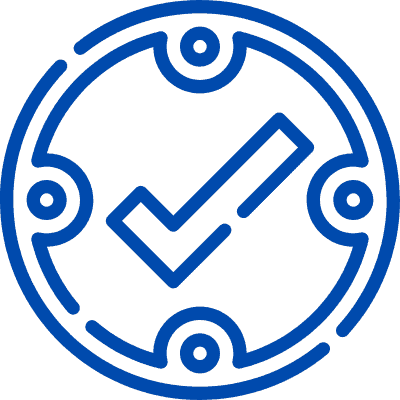
Validation
Matches and Messages: Each match or message serves as a form of validation, affirming the user’s attractiveness and desirability. This need for validation can be a powerful motivator, driving users to seek more interactions.

Control and Autonomy
Customization and Choices: Allowing users to customize their profiles and preferences gives them a sense of control and autonomy. This can enhance user satisfaction and make the app experience more personal and engaging.
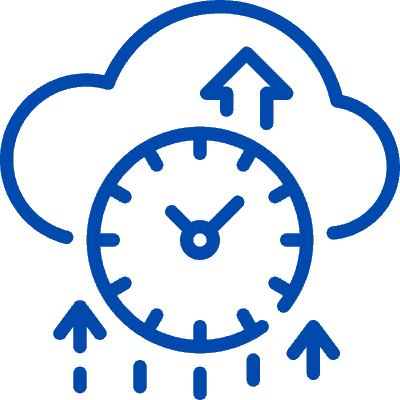
Instant Gratification
Immediate Feedback: Instant notifications and feedback, such as getting a match right after swiping, cater to the desire for immediate gratification. This quick reward system keeps users hooked and encourages frequent use.

Novelty
New Features and Updates: Regularly introducing new features, challenges, or updates keeps the experience fresh and exciting. This taps into the human desire for novelty and variety, maintaining user interest over time.

The Potential for Manipulating User Behavior
While gamification can definitely improve user experience, it also has the potential to manipulate behavior in ways that may not always benefit users. For instance, the frequent use of notifications and reminders exploits users’ fear of missing out (FOMO), ensuring they remain engaged even when it might not be in their best interest. The pressure to keep up streaks or maintain high engagement levels can lead to compulsive use, where users prioritize the app over forming meaningful real-world relationships.
Moreover, the design of these apps often encourages superficial interactions. The emphasis on quick, visual-based decisions, such as swiping based on profile pictures, can lead users to focus more on appearances rather than deeper compatibility. This can result in a cycle of endless swiping without forming significant connections.
Ethical Considerations for App Developers
Given the powerful psychological effects of gamification, ethical considerations are paramount for app developers. Here are some key aspects to consider:

Transparency
Clear Communication: Users should be fully aware of how their data is being used and how the app’s algorithms influence their experience. Transparent communication can help users make more informed choices.

Mental Health
Balancing Engagement with Well-being: Developers should be mindful of the potential negative impacts on mental health, such as increased anxiety and depression. Features that promote excessive use should be balanced with mechanisms that encourage users to take breaks and engage in offline activities.

Inclusivity
Catering to Diverse Preferences: Not all users appreciate gamified elements. Offering options to disable certain features or providing alternative ways to interact with the app can help accommodate a broader range of preferences.

Ethical Design
Promoting Positive Behavior: Incorporating ethical design principles, such as encouraging respectful interactions and discouraging harmful behaviors like ghosting, can improve the overall user experience. Developers should prioritize creating a safe and supportive environment for all users.

Data Privacy
Protecting User Information: Given the extensive data collection required for gamification, safeguarding user privacy is crucial. Developers should ensure robust data protection measures are in place and provide users with control over their personal info.
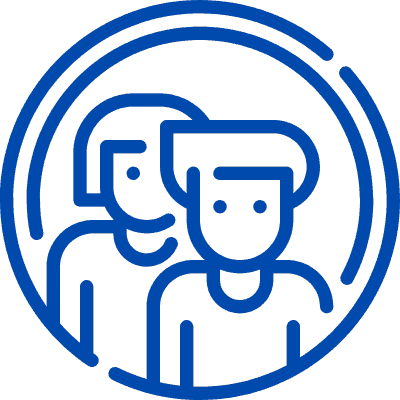
User Autonomy
Encouraging Responsible Use: Apps can include features that promote responsible use, such as time limits, usage summaries, and reminders to take breaks. These tools can help users maintain a healthy balance between online and offline interactions.

Fairness and Equity
Guaranteeing Equal Opportunities: Gamified elements should be designed to provide equal opportunities for all users, regardless of their financial investment. Avoiding pay-to-win scenarios guarantees a fair and fun experience for everyone.
Case Studies
Gamification in dating apps has dramatically transformed the way people seek romantic connections. By adding game-like elements, these apps make the process of finding a match more engaging and interactive. Yet this approach has yielded mixed results, with some success stories showing the benefits of gamification and others pointing out its negative aspects. Below, you can see both sides of the coin through real-life examples.
Bumble
Bumble has leveraged gamification to foster genuine connections by empowering women to make the first move and incorporating time-limited interactions. These features have led to the following success stories:

- Amanda and Luke: Amanda swiped right on Luke on Bumble because she was attracted to his travel photos. Despite Luke moving across the country, they kept in touch and eventually reunited in Portugal. Their relationship flourished, and they got married after enduring the pandemic together as essential workers. This story highlights how Bumble’s gamified features facilitated a deep and lasting connection.
- Lexie and Kay: After accidentally swiping left on Lexie, Kay bought Bumble Premium to correct the mistake, believing Lexie would become their spouse. Their first date quickly blossomed into a relationship, with Lexie helping Kay realize they were non-binary. This supportive partnership led to marriage, demonstrating the positive impact of Bumble’s gamification on creating meaningful relationships.
- Stephanie: Initially lacking confidence, Stephanie used Bumble to take control of her dating life. Making the first move on Bumble empowered her, boosting her confidence in both dating and her professional life. Although she did not find her Mr. Right, the experience helped her grow personally and enjoy dating for the first time.
BLK
BLK, the dating app that is tailored for the Black community, successfully leverages gamification to level up user engagement and foster meaningful connections. Below is a success story from BLK:
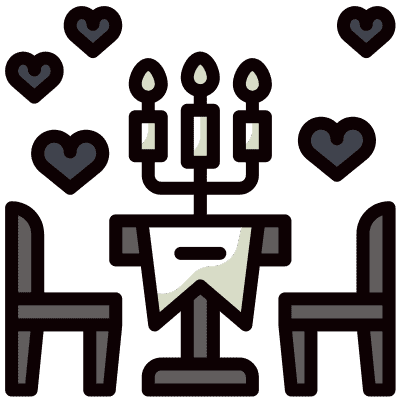
- Mikayla and Kenyel: Mikayla joined BLK during a difficult time, hoping to meet someone who understood her. She met Kenyel, who was using the app during his duty hours at Ft. Bragg. Their connection grew strong, leading to marriage and a supportive partnership. This highlights how BLK’s engaging features can help users find meaningful connections.
Cautionary Tales: Instances Where Gamification Backfired or Was Poorly Received

- Coffee Meets Bagel: Coffee Meets Bagel has faced criticism for its reliance on microtransactions. While the app offers a few free matches daily, it encourages users to spend money on virtual currency (beans) to unlock additional features. This model has frustrated users who feel pressured to spend money to increase their chances of finding a match, detracting from the app’s goal of fostering genuine connections. Users have reported feeling annoyed and financially strained by the constant need for microtransactions.
- Hinge: Hinge, which aims to create meaningful relationships, initially received positive feedback for its detailed profiles and prompts. However, the introduction of time-limited conversations and expiration dates for matches backfired. Users felt pressured to respond quickly, leading to rushed interactions and superficial connections. The added stress of time limits and the push towards paid features alienated many users who preferred the app’s original, more relaxed approach.
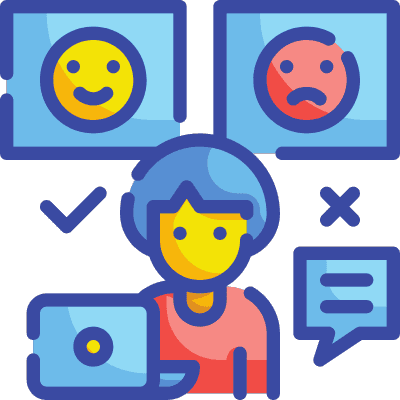
General Criticisms
Some dating apps, mostly Tinder if we are being honest, have been criticized for their slot-machine-like swiping mechanics, which can lead to addictive behaviors. The endless swiping model keeps users in a “zone of possibility,” constantly seeking the next potential match without fostering genuine connections. This can result in user burnout, as the pursuit of quantity over quality leaves many feeling exhausted and disillusioned with the dating process. Additionally, the paradox of choice—having too many options—can lead to indecision and dissatisfaction, further complicating the user experience.
The Future of Gamification in Dating Apps
The future of gamification in dating apps holds a fair amount of promise in terms of developments. Let’s see what the emerging trends and technologies could bring, how to balance engagement with making genuine connections, and the possibility of personalized gamification based on individual user preferences!
Emerging Trends and Technologies
As we look into our crystal dating app ball (yes, we have one), a few trends and technologies in the area of dating app gamification look to be on the near horizon:
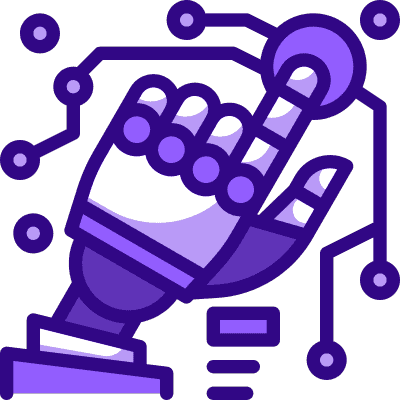
- Artificial Intelligence (AI): AI is becoming a huge player in the dating app space. By analyzing vast amounts of user data, AI can provide personalized match suggestions that are more likely to result in meaningful connections. This technology can assess user behavior, preferences, and interactions to curate matches that match up better with individual needs and wants.
- Virtual Reality (VR) and Augmented Reality (AR): Want to go on a virtual date without leaving your abode? VR and AR are making this dream a very real reality. These technologies can create immersive environments where users can explore virtual worlds together, making long-distance dating more engaging. AR can also add interactive elements to profiles, allowing users to experience a more dynamic way of learning about potential matches.
- Blockchain Technology: Security and privacy are paramount concerns for dating app users. Blockchain technology offers a solution by providing secure and transparent transactions and protecting user data. This can enhance user trust and make online dating a safer experience.
Balancing Engagement with Authentic Connection-Building
While gamification def makes dating apps more engaging, there is a fine line between fun and frivolity. The key is to design features that encourage real interactions rather than surface-level ones.

- Quality Over Quantity: Some dating apps are shifting focus from the number of matches to the quality of interactions. For instance, Hinge promotes thoughtful engagement by rewarding users for filling out detailed profiles and responding to prompts. This approach helps users reflect on their choices and encourages better connections rather than endless swiping.
- Ice-Breaking Features: Gamification can also reduce the anxiety often associated with starting a conversation. Interactive games, quizzes, and shared activities can serve as ice-breakers, making it easier for users to initiate meaningful conversations. Apps that incorporate collaborative tasks or challenges can create a sense of partnership, enhancing the bond between users.
- Promoting Positive Interactions: Dating apps can design features that reward respectful and meaningful interactions to better ensure that gamified elements can create genuine connections. This can include badges for good behavior, points for engaging in conversations, and other incentives that promote a positive place for dating.
Potential for Personalized Gamification Based on User Preferences
A one-size-fits-all has never worked in the world of dating apps. Personalization is super important to improving the user experience, and gamification can be tailored to each person’s preferences.

- Customized Rewards and Challenges: Apps can offer personalized rewards and challenges by understanding user behaviors and preferences. For instance, users who enjoy competition might see more leaderboards and points-based challenges, while those who prefer a more relaxed approach might receive rewards for thoughtful engagement and meaningful conversations.
- Tailored Feedback and Suggestions: Dating apps can provide personalized feedback and suggestions based on user interactions. If a user tends to engage in deeper conversations, the app might suggest profiles that match this communication style. This curated approach means that users have a more satisfying and successful dating experience.
- Dynamic User Experiences: Personalized gamification can also mean adapting the user experience in real-time. Apps can adjust gamified elements based on ongoing user interactions, ensuring that the experience remains engaging and relevant. This dynamic approach can keep users more involved and boost the likelihood of finding great connections.
Expert Opinions
Gamification has become a cornerstone in the design of modern dating apps, transforming user interactions into engaging experiences. However, its impact on user behavior and relationships is a topic of much debate among experts. Below, we’ll look at what relationship psychologists, dating app developers, and user feedback show for a better perspective for a well-rounded look at the benefits and issues of gamification in dating apps.

Insights from Relationship Psychologists
Relationship psychologists have a mixed view of the use of gamification in dating apps. On the one hand, they recognize that gamified elements can make the dating process more enjoyable and reduce the anxiety often associated with meeting new people. Features like interactive games, quizzes, and ice-breakers can help users start conversations more naturally and build connections in a fun, low-pressure environment.
However, there are concerns about the potential for superficial interactions. Dr. Helen Fisher, a biological anthropologist and Chief Scientific Advisor to Match.com notes that while gamification can boost engagement, it might also lead to users focusing more on the game aspects (such as earning points or badges) rather than on building meaningful relationships. This can result in a cycle of endless swiping and matching without deeper emotional investment.
Moreover, the dopamine-driven nature of gamified features, such as the satisfaction from getting a match, can create addictive behaviors similar to those seen in gambling. This can lead to what psychologists call “dating app fatigue,” where users feel overwhelmed and burnt out from constant use without achieving their relationship goals.
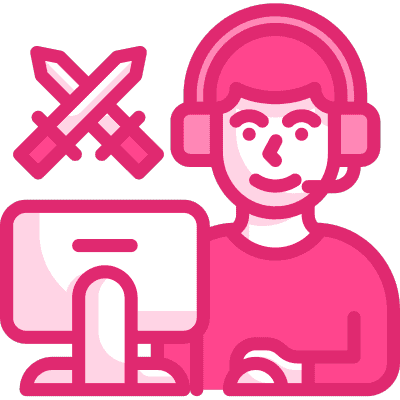
Perspectives from Dating App Developers
Developers of dating apps view gamification as a powerful tool for increasing user retention and engagement. Companies like Tinder and Bumble have successfully integrated gamified features such as swiping, matching, and in-app rewards to create a dynamic user experience. These elements are designed to keep users scrolling on the app, which is important for maintaining an active and diverse user base.
According to Marie Cosnard, Head of Trends at Happn, the challenge lies in balancing these engaging features with the goal of fostering genuine connections. Developers are aware that while gamification can attract and retain users, it should not overshadow the primary purpose of the app, which is to help people form meaningful relationships. To address this, some apps are incorporating features that reward users for thoughtful interactions and detailed profile completion, encouraging genuine engagement rather than less thoughtful, superficial swiping.
Developers are also exploring more advanced technologies like AI and machine learning to personalize the user experience. By studying user behavior and choices, these technologies can tailor gamified features to individual users, making the experience more relevant and enjoyable. This personalized approach would be leveraged with the goal of increasing user satisfaction and improving the likelihood of forming genuine connections.

User Feedback and Experiences
User experiences with gamification in dating apps swing both ways—a lot of users like the fun and engaging nature of gamified features, which make the whole process of meeting new people feel lighter. And interactive elements like quizzes and games act as great ice-breakers, helping users to start talking more easily and build rapport in a laid-back manner.
And then there are the users who are frustrated with the gamified aspects of dating apps. A common complaint is that these features mean that quantity matters more than quality, where users become more interested in collecting matches and rewards rather than having any real interactions. This can create a sense of superficiality and dissatisfaction, as users may find it difficult to move past the first stages of interaction to form actual connections.
Additionally, the competitive nature of features like leaderboards and point systems can exacerbate feelings of inadequacy and anxiety. Users might feel pressured to constantly engage with the app to uphold their rankings or earn rewards, causing burnout and negative emotional impacts. This shows the need for a balanced approach that takes into account user well-being alongside any engagement metrics.
Conclusion: Game On or Hit the Pause Button?
As we’ve seen, gamification has changed dating apps by making them more engaging and enjoyable. But is it for better or worse? The answer to that question lies somewhere in the middle, as there are both good and not-so-great sides.
Let’s finish up with a recap of the pros and cons of gamification in dating apps!

Pros
- Increased User Engagement: Gamified elements like swiping, points, and badges make the dating process more interactive, encouraging users to spend more time on the app.
- Ice-Breaking Features: Games, quizzes, and interactive prompts can help decrease the anxiety of starting chats, making it easier to build connections.
- Personalized Matchmaking: AI and machine learning can tailor gamified features to individual preferences, boosting the relevance and enjoyment of time spent on a dating app.
- Encouragement for Detailed Profiles: Apps that reward users for completing detailed profiles and having l meaningful conversations promote better, more thoughtful interactions.
- Less Anxiety: Gamification can make the process of meeting new people a lot less intimidating and more fun.
- Positive Behavior Encouragement: Some dating apps reward users for respectful interactions and real engagement, creating a more supportive community.

Cons
- Superficial Interactions: The focus on earning points and collecting matches can lead to shallow engagements rather than real romantic relationships.
- Addictive Behaviors: The dopamine-driven nature of gamification can create patterns of behavior similar to gambling, possibly turning into addictive use of the app.
- User Burnout: Constant engagement and the pressure to maintain activity levels can lead to burnout and fatigue, making the dating process feel more like a boring task.
- Misalignment of Goals: There can be a disconnect between the business objectives of dating apps (maximizing engagement and revenue) and the personal goals of users (finding meaningful relationships).
- Pressure and Anxiety: Competitive elements like leaderboards and point systems can exacerbate feelings of inadequacy and anxiety among users.
- Privacy Concerns: Increased data collection for personalized gamification can raise privacy issues, potentially compromising user data security.
- Infinite Swipe Phenomenon: Users can get caught in a cycle of endless swiping, seeking the ideal match without finding satisfaction, which can lead to a sense of being trapped in superficial interactions.
It’s super important to design dating apps that balance engagement and genuine connection-building. Of course, it’s fun to collect points and badges, but if users are just mindlessly swiping, the whole point of dating gets lost in the online ether. App developers need to focus on creating features that promote stronger interactions, not mindless and never-ending scrolling.
For users, it’s all about balance. Take advantage of and have fun with the gamified elements, but don’t let them totally distract you from forming real connections. After all, the ultimate goal is to meet someone special, not just collect and rack up matches.
The future of online dating looks pretty exciting with all the new tech coming our way. You could end up going on a virtual date in a realistic VR setting or using AI to find the perfect match based on your chat history. These advancements can make dating apps more personalized and fun. But we have to keep our eye on the ball—that ball is building real connections.
Developers should strive for a blend of engaging features and tools that help users get to know each other better. This way, we can benefit from the perks of gamification without losing sight of what really matters: building worthwhile relationships.
How do you engage on dating apps-are you swiping just to swipe, or are you actually trying to connect with someone? Thinking about how you use these apps can help you make the most out of them. It could be beneficial to slow your roll a little, take a longer look at profiles, and try to have real convos with your matches. Isn’t the endgame to find someone special?
We want to hear your thoughts and opinions on the gamification of dating apps! Have you had any success with it, or are you not a fan? What features do you think help or hinder finding a real connection? Tell us in the comments below!
